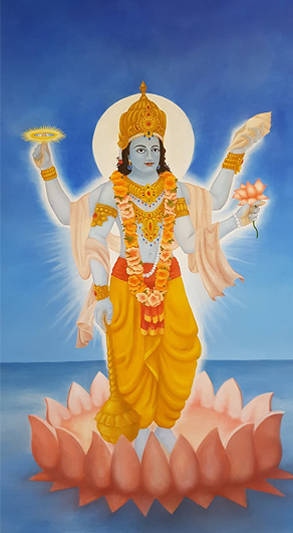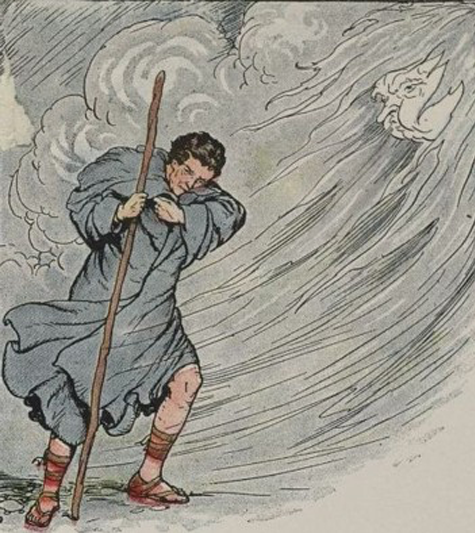I’ve always enjoyed the anthropomorphic in a story — Peter Rabbit does come to mind. That bunny always makes me feel all warm and cozy.
Unfortunately, anthropomorphism, a human behavior or act performed by a nonhuman entity, is frequently confused with personification, a picture or representation of a nonhuman entity possessing a human trait. It doesn’t help that both are figures of speech.
A figure of speech is a literary device, and in this case, it’s used to pull your readers into the story using more colorful metaphors that give additional life to your writing.
Anthropomorphism helps to bring life to a fictional character or make an object more human-like or relatable.
Personification allows animals, concepts, or objects to act like human beings.
“The fog comes
on little cat feet.
It sits looking
over harbor and city
on silent haunches
and then moves on.”– Carl Sandburg
Word Confusions . . .
. . . started as my way of dealing with a professional frustration with properly spelled words that were out of context in manuscripts I was editing as well as books I was reviewing. It evolved into a sharing of information with y’all. I’m hoping you’ll share with us words that have been a bête noire for you from either end.
If you found this post on “Anthropomorphism versus Personification” interesting, consider subscribing to KD Did It, if you’d like to track this post for future updates.
| Anthropomorphism | Personification |
|---|---|
 — |
 — |
| Part of Grammar: | |
| Noun
Plural: anthropomorphisms |
Noun
Plural: personifications |
| Non-humans acting human
The attribution of human characteristics or behavior to a god, animal, or object |
Looking human
Giving human traits to nonhuman, abstract things, or representing a quality or concept in human form
|
| Examples: | |
| Primitive peoples created stories about deities who fell in love, married, had children, fought battles, wielded weapons, and rode horses and chariots to explain natural phenomena, creation, and historical events.
People also used gods and goddesses to represent beauty, wisdom, power, and human weaknesses such as greed, hatred, jealousy, and uncontrollable anger. The rabbit from Alice in Wonderland is an excellent example of anthropomorphism. The characters in Thomas The Tank Engine, Clifford: The Big Red Dog, and Martha Speaks are all examples of anthropomorphism. |
My computer hates me.
The design on the franc shows Marianne, the personification of the French republic. He was the very personification of British pluck and diplomacy. Lightning danced across the sky. The wind howled in the night. The car complained as the key was roughly turned in its ignition. Rita heard the last piece of pie calling her name. My alarm clock yells at me to get out of bed every morning. Consider the nursery rhyme “Hey Diddle Diddle” with animals and objects that can run, laugh, and more. “Hey, diddle, diddle, |
| Derivatives: | |
| Adjective: anthropomorphic Adverb: anthropomorphically, anthropomorphously Noun: anthropomorph, anthropomorphist |
Noun: nonpersonifcation, personificator, personifier Verb: personify |
| History of the Word: | |
| It was first recorded in 1745–55; anthropo- + |
It was first recorded in 1745–55; personi(fy) + |
C’mon, get it out of your system, bitch, whine, moan . . . which words are your pet peeves? Also, please note that I try to be as accurate as I can, but mistakes happen or I miss something. Email me if you find errors, so I can fix them . . . and we’ll all benefit!
Satisfy your curiosity about other Word Confusions on its homepage or more generally explore the index of self-editing posts. You may also want to explore Book Layout & Formatting Ideas, Formatting Tips, Grammar Explanations, Linguistics, Publishing Tips, the Properly Punctuated, Writing Ideas and Resources, and Working Your Website.
Resources for Anthropomorphism versus Personification
Apple Dictionary.com
Blakely, Dr. Charita. “To Be, or Not to Be: A Grammatical Error.” Aces Editors.org. 20 Aug 2021. Web. 11 Sept 2021. <https://aceseditors.org/news/2021/to-be-or-not-to-be-a-grammatical-error>.
Dictionary.com: anthropomorphism
“Examples of Personification for Kids.” YourDictionary.com. n.d. Web. 11 Sept 2021. <https://examples.yourdictionary.com/examples-of-personification-for-kids.html>.
“Personification vs Anthropomorphism.” Grammar. YourDictionary.com. n.d. Web. 11 Sept 2021. <https://grammar.yourdictionary.com/grammar/style-and-usage/personification-vs-anthropomorphism.html>.
Pinterest Photo Credits:
Beatrix Potter’s Peter Rabbit by M.L. Wits is under the CC BY-SA 4.0 license and Not Lonely. Just “Moonin” Around is courtesy of Curt Teich Postcard Archives Digital Collection (Newberry Library) and is in the public domain. Both are via Wikimedia Commons. The backgrounds were removed from both images in Photoshop and shadowing was added.
Revised as of 3 Apr 2024
By: Kathy Davie

